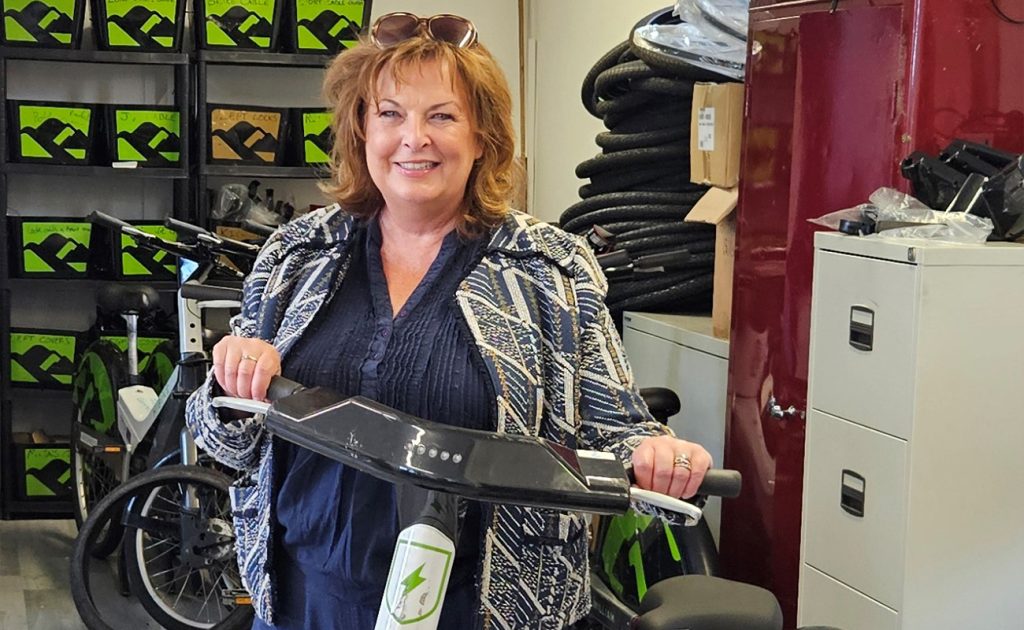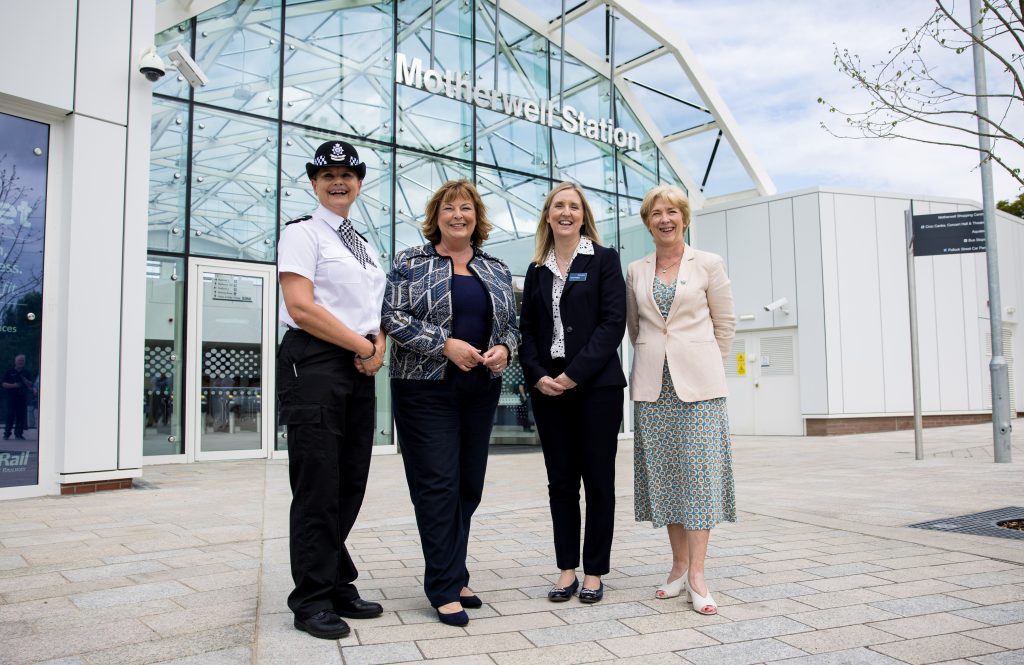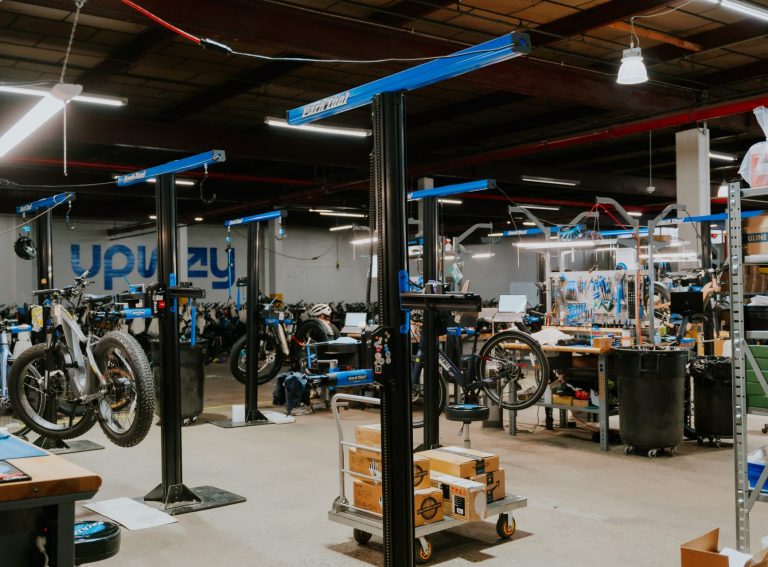Fiona Hyslop is Scotland’s Cabinet Secretary for Transport.
In a rare opportunity, we sat down with her to find out how Scotland is leading the charge for active travel.
Zag Daily: You recently said e-scooters would “inevitably” be legalised in Scotland. Why is this now inevitable and when do you want them to be legalised by?
Transport Secretary: “To clarify, the legal use of e-scooters and decisions around their introduction is broadly a reserved matter for the UK Government. My comment in an interview with The Scotsman was a reflection on current public behaviour and their use without a current UK wide regulatory framework. Where we see this kind of engagement in innovation – not just here but internationally, my view is that it’s difficult to envisage a situation where regulation doesn’t inevitably catch up with public behaviour.
“In terms of where we are currently, the previous UK Government publicly stated their intention to bring forward a new regulatory framework to enable the use of micromobility vehicles including e-scooters. Both primary and secondary legislation would be required – and that’s before further amendments to devolved legislation here in Scotland that would also be needed, so the timelines are still unclear. We’re continuing to engage with the current UK Government and monitor developments in this area.”
Zag Daily: Why has Scotland not joined the rest of the UK’s e-scooter trials?
Transport Secretary: “It’s fair to say that the previous UK Government set out the previous trials quite suddenly, and in a way which meant we didn’t really get a chance to develop guidance here in Scotland which would enable local authorities to take part. That said, we’ve been monitoring the Department for Transport (DfT) evaluation, following the first pilots closely. There’s clearly an appetite by the public to use e-scooters as a way of getting from A to B – and if that encourages people to leave the car at home and to use more sustainable forms of transport then we owe it to communities, cities and our climate to explore things further – but it needs to be in a way which is safe and accessible.
“When schemes are dockless, I’ve personally seen the pavement clutter that comes from that – making things more difficult for pedestrians and particularly disabled people. We are also following studies from the DfT and Paris very closely in relation to personal safety – but the overriding consideration is whether it makes it easier for people and communities to get around or not, is it reducing emissions, and is it encouraging people to leave the car at home. With that said, cities and governments need to look at the evidence and data that’s emerging to make decisions around this most effectively, not just for the transport system of today – but for tomorrow too.”
Zag Daily: The UK Transport Secretary recently said the UK government is to invest “unprecedented levels of funding” into active travel. Where and what do you want this budget to be invested in to improve active travel in Scotland?
Transport Secretary: “Transport in Scotland is largely devolved and so we have our own transport budget and make our own investments. We have our own vision where walking, wheeling and cycling is the most popular choice for everyday journeys by 2030 – and so I welcome Louise Haigh’s comments and this refreshing approach by the new UK Government for the many benefits walking, wheeling and cycling can bring for both people and our planet.
“We were considerably ahead of the curve in this space, doubling our budget from £39 million to £80 million in 2018 and have increased investment since then to transform communities across Scotland through the provision of segregated walking, wheeling and cycling infrastructure. Prior to the establishment of Active Travel England and the appointment of Chris Boardman to Commissioner in 2022, we appointed our own Active Nation Commissioner in 2018 to better hold the Scottish Government to account and ensure we pushed ahead in delivering transformative change, faster than ever before.
“The Scottish Government is having to make very difficult decisions to deliver balanced and sustainable spending plans for the 2024-25 financial year. This has impacted the active and sustainable travel budget – however, we have already allocated over £145 million of our 2024-25 budget to delivery partners for infrastructure and schemes which work to reduce barriers to walking, wheeling and cycling.
“The £145 million already allocated this year means that over £500 million will have been invested in active travel in the last four years. This investment has and will continue to transform communities – continuing to unlock healthier and happier transport options for people across Scotland.”

Zag Daily: What’s the single most important step we need to take in the transport sector to achieve net zero?
Transport Secretary: “We need to maintain focus and never lose sight that the climate crisis is an existential one and everyone has a part to play. It’s not just regulatory frameworks, or government intervention – it’s innovation, it’s our incredible academic institutions, it’s our industries and businesses – and above all, it’s people and communities empowered and enabled to make climate positive choices in how they travel.
“Government works best when it’s a lightning rod for transformation and I’m optimistic about the action we’re taking to take climate action across the transport sector. This year we announced our second and final round of funding from the Scottish Zero Emission Bus Challenge Fund, bringing 252 new, zero-emission buses into the Scottish fleet, attracting £3.20 in private sector investment for every £1 of public funding. Of course, electric buses are great – but how do we inspire a new generation to connect with them and use them?
“Our landmark policy of providing free bus travel for under 22s across the country has already seen over 150 million journeys made since the scheme launched. This is helping to sustain bus services, saving young people money and helping them take climate action. It’s making a huge difference to the lives of young people and behind every single one of those 150 million trips is a story. I’ve heard from young people who have told me it means they could join a new sports club they weren’t able to otherwise. I’ve heard from students who can now choose from a wider range of colleges and universities to study. And I’ve even heard from a young person who is using their bus pass to visit their granny more often.
“It is also transforming the travel habits of a generation – we now have literally hundreds of thousands of children and young people growing up in Scotland where using the bus to get around is normal. That will hopefully ingrain those habits for their lifetime and mean that they will choose to travel sustainably by bus into adulthood.
“Transforming to a net zero transport system is also about actions in tandem – using the levers we have simultaneously and to best effect. So how do Scotland’s Low Emission Zones, a public health intervention protecting air quality, but also encouraging a shift away from cars, work with the active travel infrastructure we have funded to accelerate that shift further? How are our funded bike access programmes working as part of that? These are the examples of sustained action, underway here across the country, working in parallel, which are required to take us from where we currently are – to where we simply must be, which is net zero in Scotland by 2045.”
Zag Daily: How do you feel the Labour government has so far dealt with active travel and sustainable transport? What do you think they’ve done right or wrong?
Transport Secretary: “It’s far too early to make that judgement – and again, we have our own responsibility for active travel here in Scotland where we have just had to make some really difficult choices around in-year funding for active travel. As I’ve said, I welcome the commitment by the UK Government on investing more in walking, wheeling and cycling and we need to see how this will translate into funding that people and communities can benefit from, including providing more for us here in Scotland. I would also want to echo the comments Chris Boardman has made repeatedly, including to audiences here in Scotland – build it and they will come.
“In an environment which is all too often working against people who might choose to walk, wheel and cycle – tackling the perception of safety is vital to unlocking transformational change. We need to make it easier and safer for people to choose to walk, wheel and cycle, especially to get around in their neighbourhoods, so walking to school feels like the safe choice for every parent to make for their children; cycling to meet friends for coffee is not only safe but time efficient; and walking to the local gym or leisure centre is well signposted and makes sense. All of that involves changing mindsets, but fundamentally involves investing in high quality infrastructure, including incorporating nature based solutions too.
“We need to make it cheaper to build that infrastructure and part of the reason for that is that all too often we’re changing car dominated environments rather than building these routes in at the start of the planning process. It’s critical therefore that as part of new housing developments in particular, we factor safe and accessible pathways, cycle routes, and provision for buses in at the start.
“Since 2010, we have delivered around 450 miles of walking, wheeling and cycling routes, paths and cycling paths, of which around 290 miles is completely new infrastructure. The South City Way in Glasgow – running through a major arterial route from the south of the city into the city centre has been a massive success. We’ve already seen 3.9 million cycling journeys accounting for 13% of all trips in what was once a car dominated route.
“Our continued funding for active travel here in Scotland is weighted towards infrastructure in the first instance – and our programmes which enable access to bikes, alongside bike storage and parking, will be better targeted to where that infrastructure is in place so that people and communities can best take advantage of what’s available close to them – making it easier for more people to leave the car at home. So let’s continue to transform our communities with local authorities – and in doing so, let’s improve public space and create fantastic places for people to enjoy and for businesses to thrive – all while benefiting our health and our environment.”
Zag Daily: What does the future of transport in Scotland and the rest of the UK look like to you, and what legislation do you want to see?
Transport Secretary: “I believe the future of transport is about enabling people to make better choices – better for their finances, better for the planet, better for their health, which also contribute to our ambitions to grow the economy and create more prosperity. EVs are part of the answer to that but so is making public transport more affordable, resilient and reliable.
“We need to enable and empower people to make better, more sustainable choices about how to travel, especially for short trips – choices we know here in Scotland that people want to make, but don’t always feel they can. We’ve made good progress, but there is far more we want to achieve – and this is outlined in our long-term vision for transport outlined in our National Transport Strategy. If we can create the conditions, people will be able to make choices which are better for their finances, better for their health and better for the planet. In doing so, we’ll also contribute to our ambitions to grow the economy and make the country more prosperous through the opportunities afforded through the transition to a net zero transport system.
“On legislation, a regulatory framework at the UK level for ending the sale of new petrol and diesel cars and vans is important. Industry needs that stability to support the transition. However, we also need to manage the demand for car use more widely and we’ve published a draft route map here in Scotland for reducing car use by 20% by 2030 and will publish a finalised route map by the end of this year.
“That’s why I’m seeking to work with the UK Government and the Devolved Nations to design a fairer, more progressive replacement for the current reserved motoring tax regime, including Fuel Duty and Vehicle Excise Duty – because the cost of motoring has the biggest impact on the decisions people take. Whatever action we take here in Scotland, we’ll be taking into account the needs of people in Scotland’s rural areas and people on low incomes to help ensure a just transition to net zero – where no one is left behind.”
Zag Daily: Who is one woman in the new mobility or sustainable transport sector that inspires you and why?
Transport Secretary: “There are many and I’m grateful for this question as I don’t often get the chance to talk about them, but I’m often inspired by the many outstanding women who work in Transport Scotland. The majority of Transport Scotland’s senior management team are women and I rely greatly on the advice provided not only by them, but by the brilliant women at every level of the organisation. From engineers to transport planners, economists, analysts and policy professionals – they are paving the way for the transport leaders of tomorrow.
“It’s not just in Transport Scotland where we have Alison Irvine as the Chief Executive working to break down barriers – in ScotRail, Joanne Maguire is working as Managing Director. In Police Scotland, Chief Superintendent Hilary Sloan heads up national Road Policing, while Chief Superintendent Gill Murray heads up British Transport Police here in Scotland, working to keep our rail network safe. Valerie Davidson has been working as Chief Executive of Strathclyde Partnership for Transport since 2021 and Karen McGregor has been working as the Director for Sustrans in Scotland for a number of years also. On bus, Sarah Boyd works as Managing Director for Lothian Buses and was the Scottish Chair of the Confederation of Passenger Transport previously.

“So we do have good representation at senior levels here in Scotland – but it’s fair to say this remains the exception rather than the norm. This continued representation remains vital to encouraging more women to consider a career in the transport sector – but I recall a startling statistic from Women In Transport who noted that women and girls make up 51 percent of the UK population, with an employment rate UK wide at 72% – yet still account for only 26 percent of the workers across the transport sector UK wide.
“That needs to change – and if we do so, we’ll make our transport system and built environment more responsive to the needs of women. And the great thing about feminist urbanism and feminist transport planning is that if you get the system right for women, we make it better for everyone.
“There are incredible opportunities right across the transport system, at the cutting edge of innovation and green technology, including electric and micromobility, and that’s before the real sense of purpose that comes with responsibility of keeping the country moving. So my message to women either starting out in their career or looking to switch – consider a career in transport and help change society for the better.”





